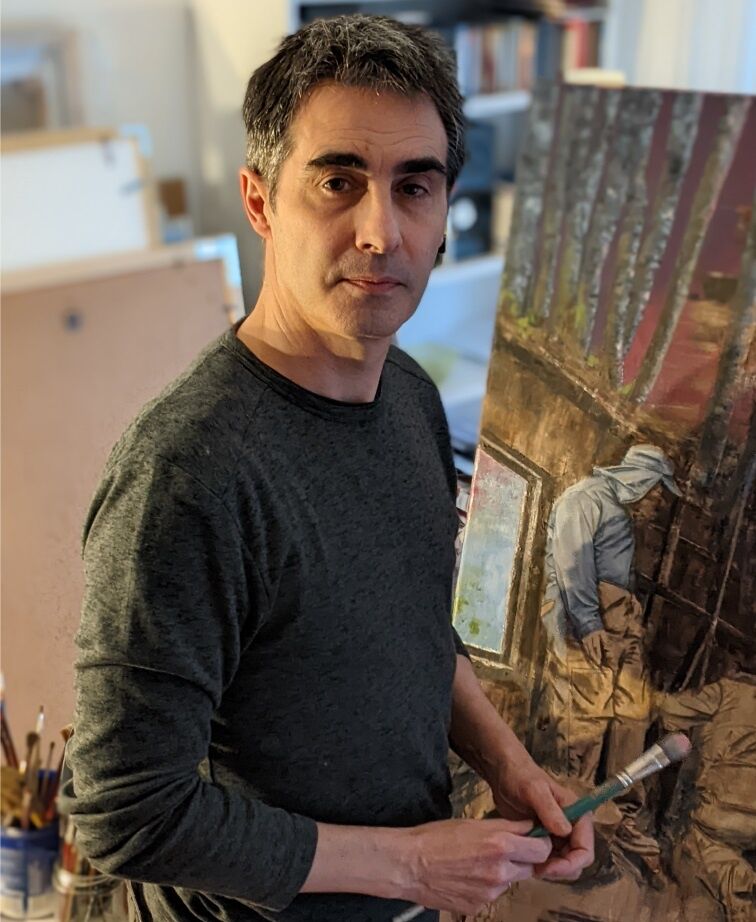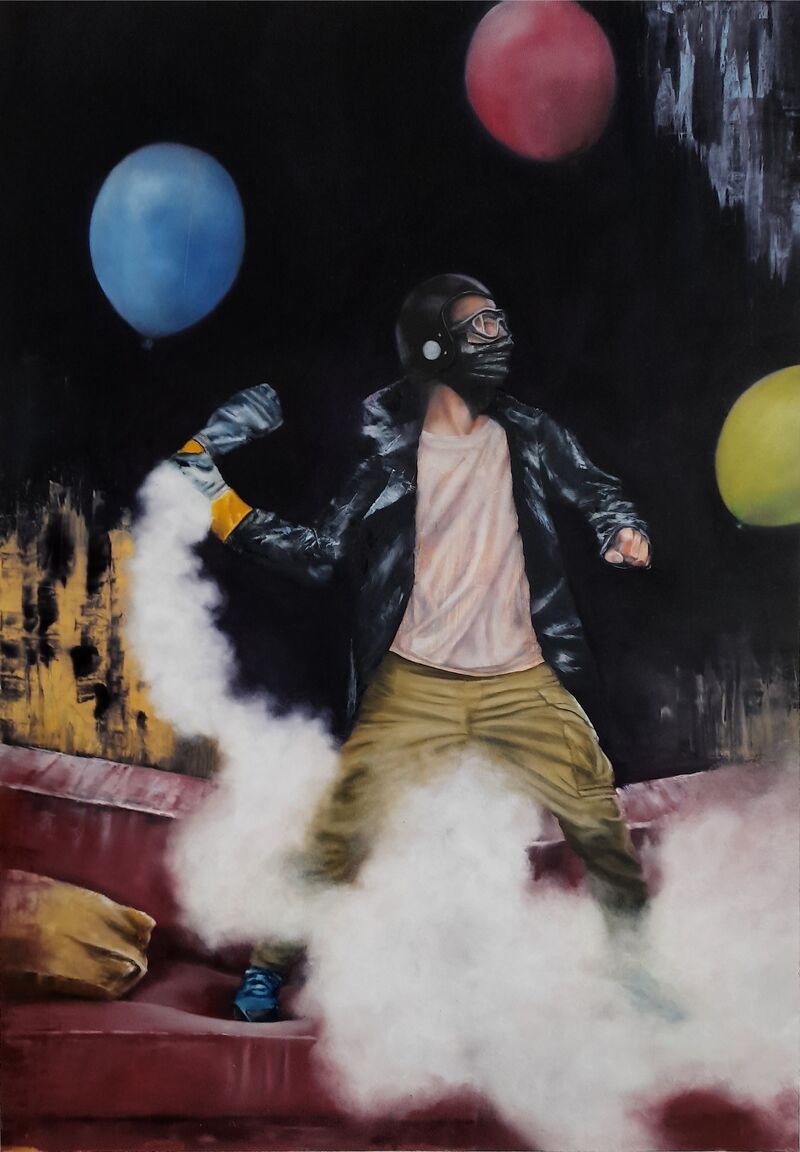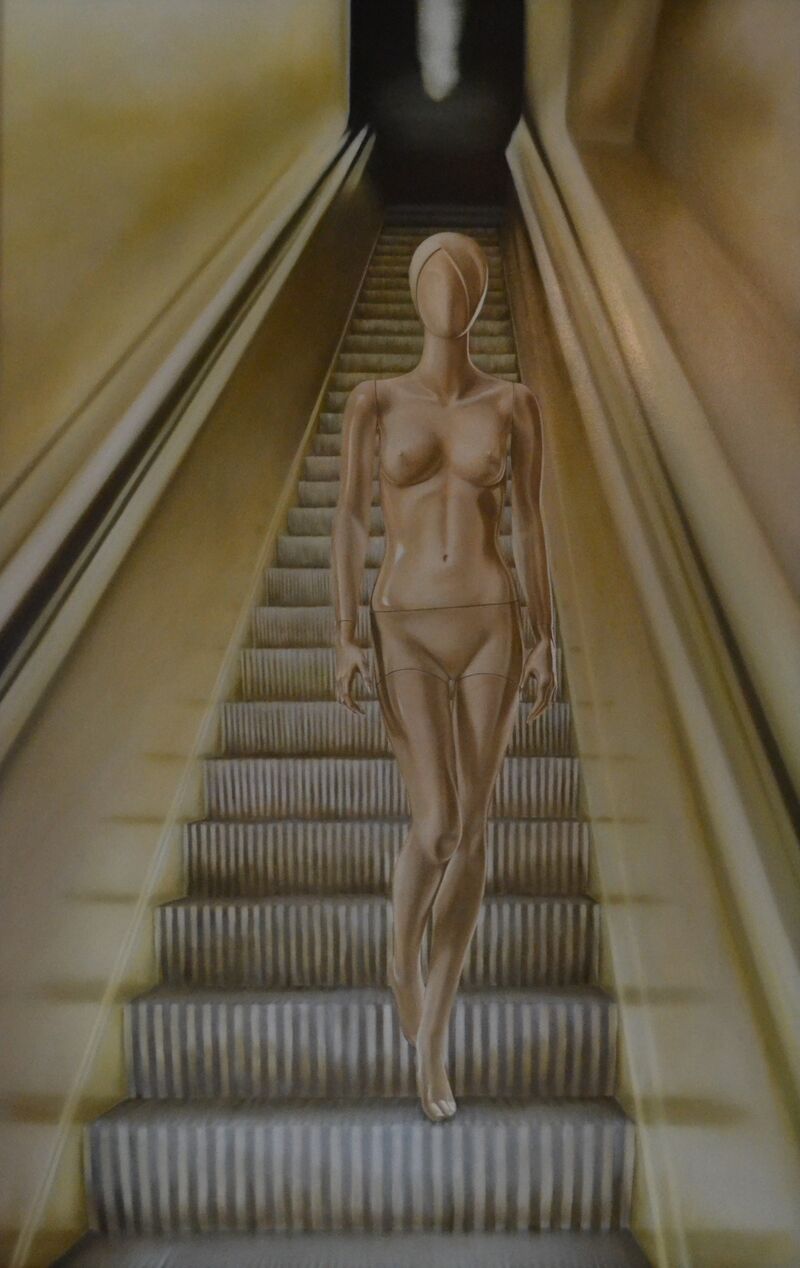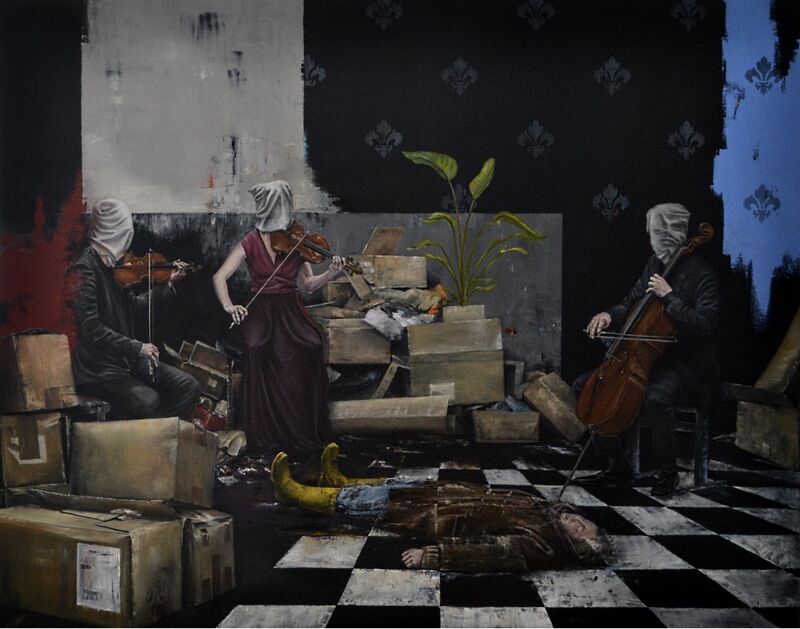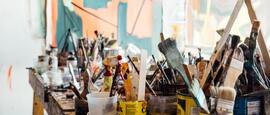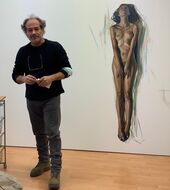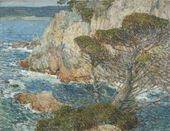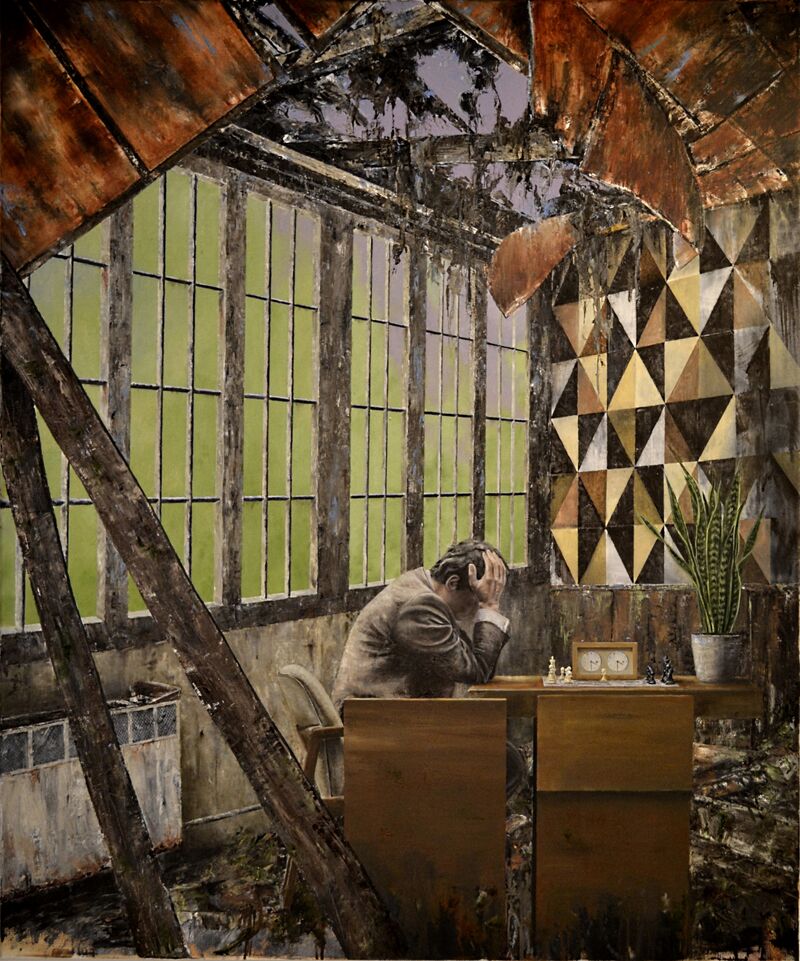
More on the subject Artist Portraits
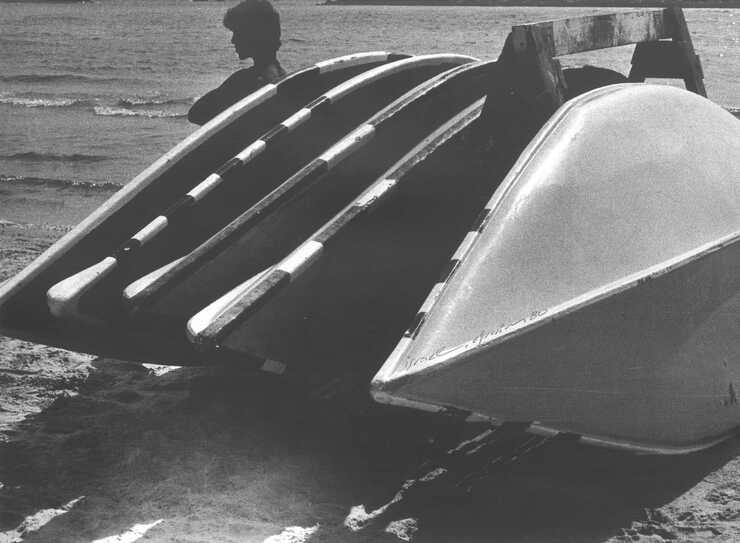
»Photography is my work - watercolors are my pearls.«
With city views of Berlin, Efraim Habermann became known to a broad public as a photographer in the 1960s. His works are characterized early on by a distinctive, concise style and unusual perspectives. Today, after a 50-year creative phase, he has an extensive body of photographic work, consistently in black and white, with numerous series from Israel, Venice and Berlin, still lifes, portraits and photographic collages. Habermann's »pearls«, his mostly constructivist watercolors, geometric forms in strong colors, finely balanced into a postcard-sized composition, seem almost like a commentary on his own conception of the image. An extensive exhibition of works from the artist's private archive can now be seen in Berlin from mid-February.
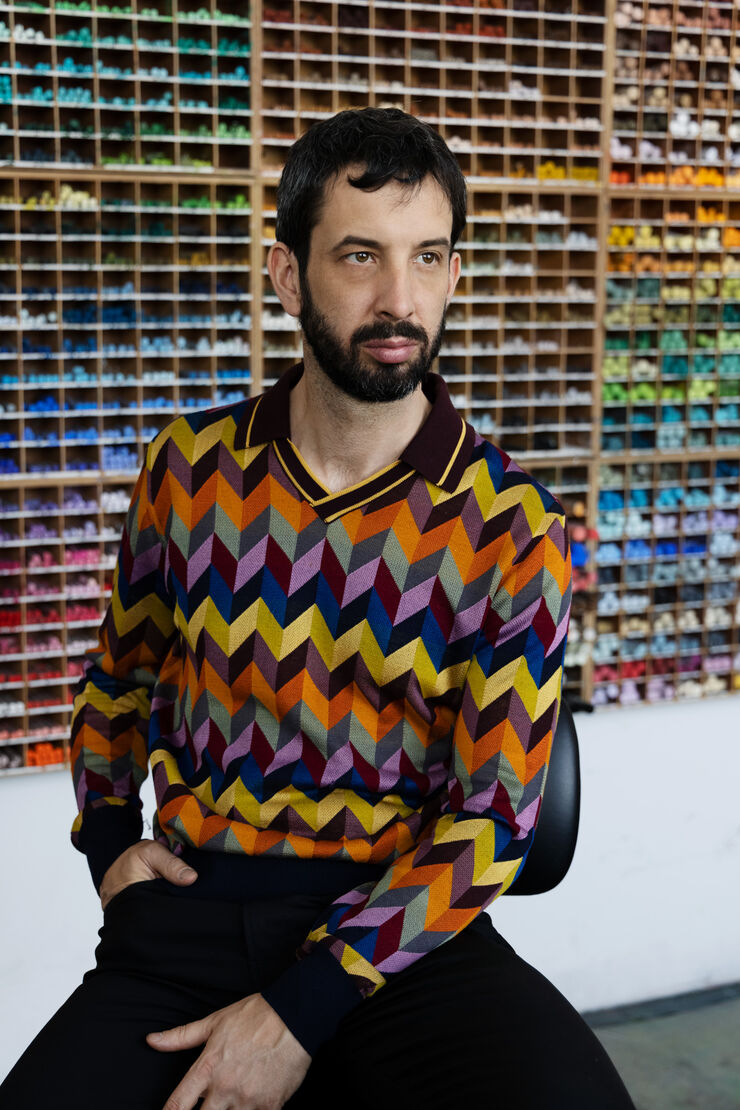
The world in pastel
With simple portraits and landscapes in pastel, the Swiss painter Nicolas Party succeeded in rising to the top of the art league. The former graffiti artist captivates with universal themes and used the pandemic for monumental projects.
Dive deeper into the art world
Portraits of an invisible reality
It takes courage to have your portrait painted by Mustafa Özel. Courage to know yourself. The real, true, warts-and-all you. An x-ray of your soul. More honest a reflection than that of any mirror could ever be. And so while Özel’s oil paintings may be somewhat of a risky affair for his subjects, for the art world they are an absolute gift. Portraits of rarely seen depth and intensity. Viennese Modernism in 21st Century Istanbul.



